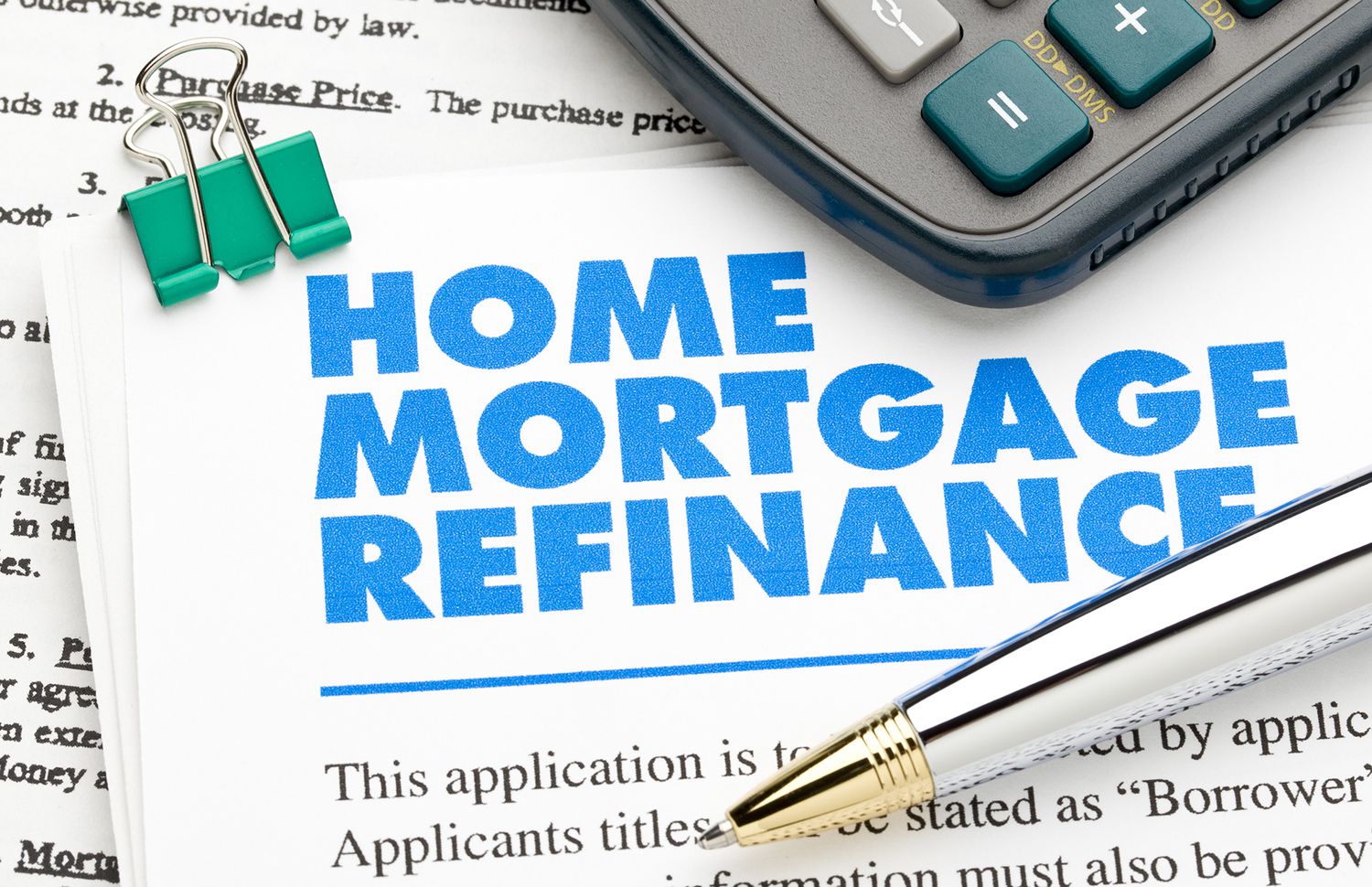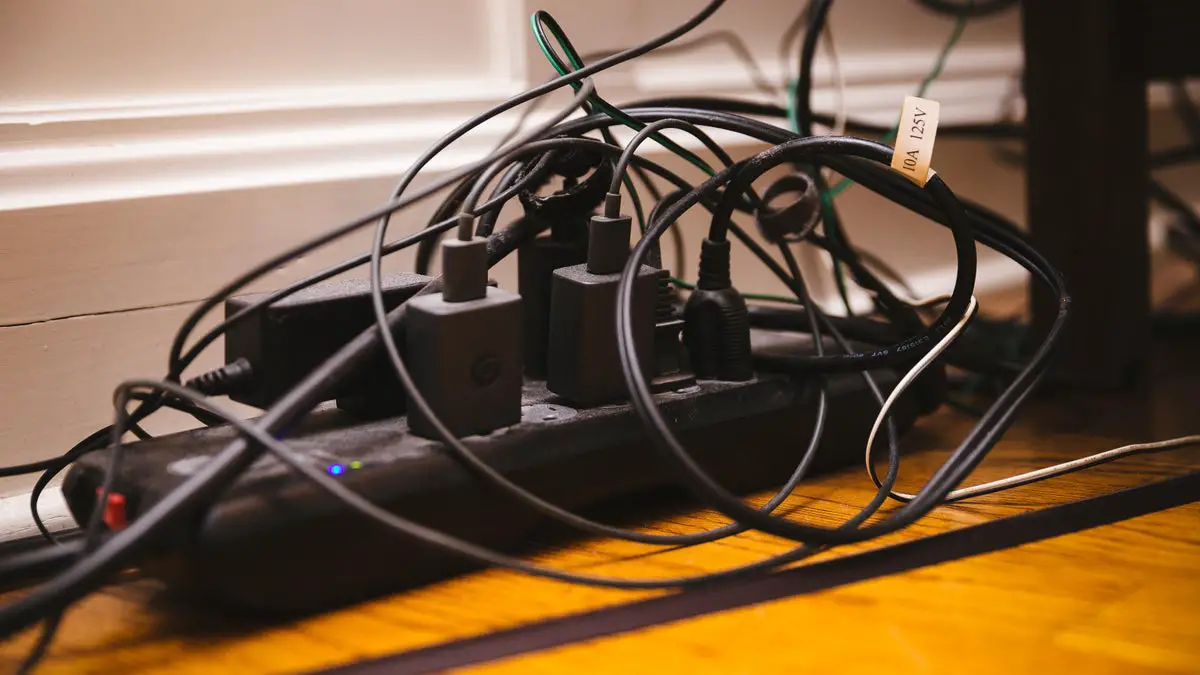There are many reasons to refinance a mortgage. Whether it’s to lower your monthly payment so that you can save more money or pay off debt or it’s so that you can get rid of PMI payments, there are numerous benefits to refinancing. Some people avoid doing it because they think it’s too complicated or they don’t understand the benefits to them. So here’s a quick snapshot of how to refinance your mortgage to help you reach your goals.
Figure Out Your Goals for Refinancing
Just because everyone else is doing something doesn’t make it right for you. You may want to take advantage of the equity in your home. Perhaps you want to reduce your monthly payments so you can invest or save more. Knowing your goals for refinancing can help you in the process and even decide if you want a loan modification vs a refinance. There are many different options out there, which is why you should know your goals in advance before you start the process.
Put Together Your Financial Information
You should figure out everything including your repayment terms, your APR, PMI amount, and monthly payment. You’ll want to know the minimum credit score required by lenders and if you qualify or not. Additionally, it helps to understand the value of similar homes in your neighborhood so you can know if your home might have even more equity to tap into.
Compare Mortgage Rates With Different Companies
Once you understand the big picture you can start to compare mortgage rates with different companies. This means not just looking at the interest rate, but also the length of the loan, how that look for a monthly payment, and even the closing costs on the loan. Yes, even with a refinance loan there are closing costs.
Get Quick Loan Estimates
Did you know that you can get quick loan estimates from different companies without needing a hard credit check? This ensures that you can shop around before you decide on the bank or company that you want to refinance with. These loan estimates help you decide on the best offer so you don’t waste credit checks with a company you aren’t planning to refinance with.
Officially Apply for the Offer(s) You Like Best
Once you get estimates you can officially apply for a refinance for your home mortgage. Most people only apply for one to ensure that they aren’t getting any dings against their credit by applying for too many all at once. Many refinance loans can close very quickly once the process is started. It goes much more smoothly if you avoid applying for any other credit until after the loan has closed. This is very important much like when you first buy your home.
Get the Home Appraised
You’ll need to get a new home appraisal. This will make sure that the loan the bank gives you is less than or equal to the value of your home. In recent years homes have made huge jumps in their value so you might be surprised at how much your home is worth when you get it appraised. This also helps for people who want to get some of the equity out of their homes to pay for other large purchases.
Go to Closing
After the appraisal, the lender will set a closing date. Most refinance loans can be closed remotely meaning you don’t need to sit in an office and sign paperwork on the closing date. Instead, you’ll sign documents in advance and the lender will officially complete the transaction on the closing date. If you are getting a refinance loan that gives you cash back, they will electronically deposit the money into your account on that day.
Final Thoughts
One of the biggest benefits that people look forward to with refinancing their mortgage is getting a lower interest rate. Not only can this save you big money every month, it means that you’ll pay far less in interest over the course of the loan. Another benefit is being able to get a fixed-rate loan if you currently have an ARM. You won’t need to worry about huge balloon payments either if you get something fixed. Refinancing a mortgage is simple when you know what’s going to happen.






